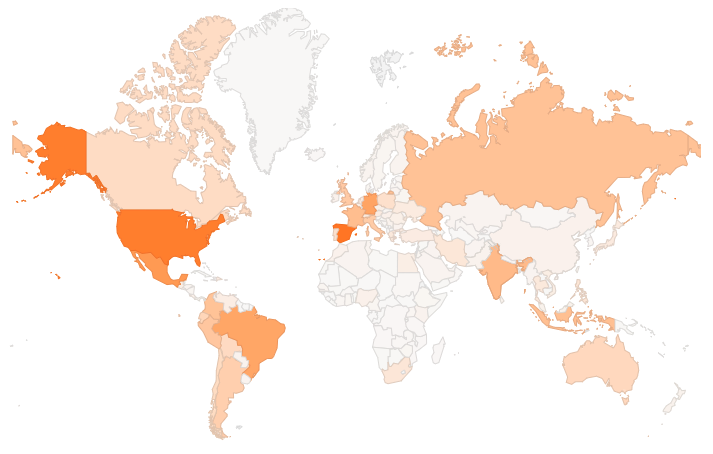Church doctrine – teaching – is largely built upon the inspired Word of God as written down by Paul, who God used to write more of the New Testament than any other person. Consequently, his letters are considered highly significant for the church. In what is possibly his last letter before being martyred for Christ, Paul wrote several important things to his young protégé Timothy. See the image below for what Paul wrote in chapter two, verse two.

Later, in the same chapter, we read the following in verse 15:
15 Do your best to present yourself to God as one approved, a worker who has no need to be ashamed, rightly handling the word of truth.
These two verses form much of the basis for why I formed Global Learning Advisers. I’m not a trained theologian. However, I’ve learned from Paul and other Biblical authors through years of Bible study. I’ve also learned from pastors and teachers I regularly listen to. Because of my study, I believe I have something to say. I think I can and should teach others what I’ve heard. I want to do what I believe God is now calling me to do so that when I’m done on this earth I can present myself to God unashamedly.
Although I’m not a trained theologian, I am a trained Educational Technologist. I think God has uniquely gifted me to do what I am doing through Global Learning Advisers.
When I was 30 I went through a major life-changing experience. Part of that change involved me switching jobs and moving half-way around the world. That led me to review who I was and who I wanted to be. For the previous year or so I had been working as an instructor teaching field service guys how to operate and maintain large computer equipment. I had also been living a life that was not pleasing to God. When I reevaluated my life, I decided I wanted to live a life that would be pleasing to God, although I wasn’t sure what that life would look like. I also decided I wanted to once again be involved in teaching others. I wasn’t fixed on what I wanted to teach, but just that teaching others was what I wanted to do.
It took me several years to get back into a full-time training role but I eventually did it. As I wrote on the About page, I’ve been working full-time in training and instructional design since 1997. Also, in 2006 I completed a Master’s Degree in Education with an emphasis in Educational Technology. As an Educational Technologist, I am trained to work with others from a wide range of subject areas. I now have much experience getting information from others and crafting that information into rich learning experiences as part of comprehensive educational programs. I also have experience teaching others how to design and develop their own comprehensive educational programs.
With Global Learning Advisers, I’m putting together my love for God and His Word with my passion for helping other people learn. I can teach others what I have heard about God. I realize, however, that others are much more knowledgeable than I about Biblical principles. Perhaps more importantly then, I can teach those people how to use technology as they teach others. By doing so, their message will have a much further reach. By working together, we can reach many more than we could by working alone.



